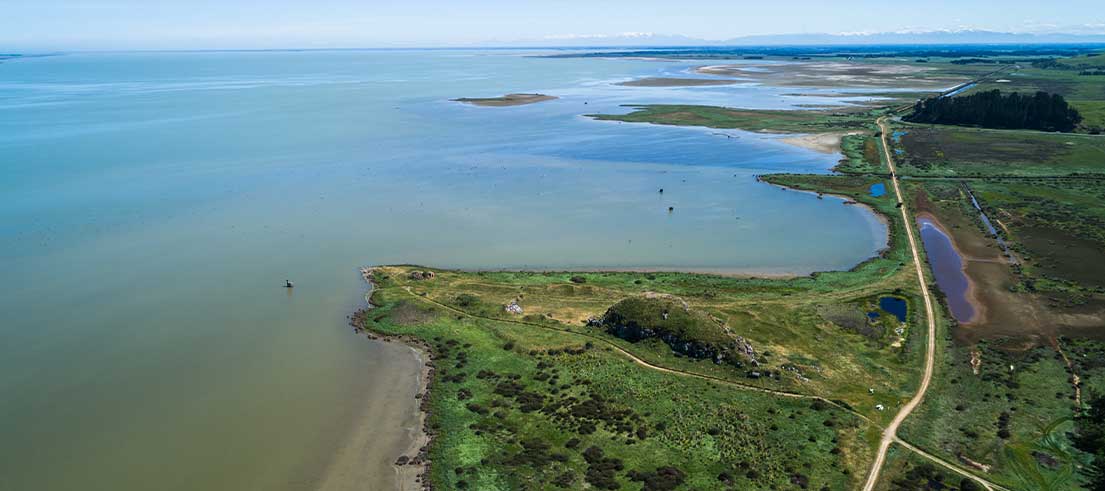
Tuna (eel) stranding near Taumutu Beach and Te Waihora/Lake Ellesmere
Following a storm surge earlier this week, thousands of male shortfin tuna (eel) trying to migrate stranded at a property on Gullivers Road, near Taumutu Beach and Te Waihora/Lake Ellesmere.
Early indications suggest the stranding was a result of the storm surge of seawater entering farmland, and there wasn’t sufficient water to enable the tuna (eel) to get to the sea.
Tuna heke (eel migration)
Tuna (eel) are an important taonga species for Ngāi Tahu and Te Taumutu Rūnanga. They are essential to the continuation of mahinga kai for Ngāi Tahu and the wider community at Te Waihora/Lake Ellesmere. The stranding is a natural phenomenon when tuna (eel) are migrating to sea at this time of the year.
In absence of a lake opening during the tuna heke (eel migration), the tuna (eel) will follow any pathway where a flow of sea water is present. Depending on the tidal flow and beach profile, they unfortunately can find themselves stranded and perish.
Working together to help the tuna (eel)
Once notified, Environment Canterbury and Selwyn District Council staff were on site to help save any tuna (eel) that were still alive. Several thousand were able to be located to the sea, but sadly several thousand didn’t make it.
In consultation with Te Taumutu Rūnanga representatives onsite, the decision was made to bury the deceased eels. Tikanga (custom) and its application is determined by the hapū.
Te Taumutu Rūnanga Chair Liz Brown says coastal erosion has impacted the coastline and migration of tuna near Te Pā o Moki Marae and Te Waihora/Lake Ellesmere for generations.
“The stranding and death of thousands of our taonga during the tuna heke is very unfortunate. Sadly, this is not an unusual event, and we are likely to see more tuna strandings in the future.
“This is the unfortunate reality of climate change impacting our moana (sea/lakes) and whenua (land). Over many years we have also witnessed the loss of our pā sites and coastline which have been claimed by the sea.
“Te Taumutu Rūnanga are thankful to Environment Canterbury staff for their mahi in assisting with the recovery and burial of the tuna (eel),” says Liz Brown.
Managing coastal hazards on private land
We’re aware of several coastal properties across our region that are impacted by coastal erosion, swell events and flooding, and this is exacerbated by climate change. It’s the responsibility of private landowners to maintain assets like seawalls/stopbanks and manage repairs on their land.
We collect data as part of a long-term monitoring programme to help identify coastal hazard zones along the Canterbury coast and work with landowners to help them understand what they can do to protect their properties, such as private stopbanks and the moving of debris. The regional council doesn’t collect rates to manage coastal erosion on private land or fund repairs.
